The Impact of Economic Events on Gold Coin Value and Silver Coin Prices
Economic events profoundly influence the value of gold and argent coins that collectors and investors cherish. Political developments and economic events can also influence the value of gold and silver coins. Understanding these influences is crucial for anyone interested in...
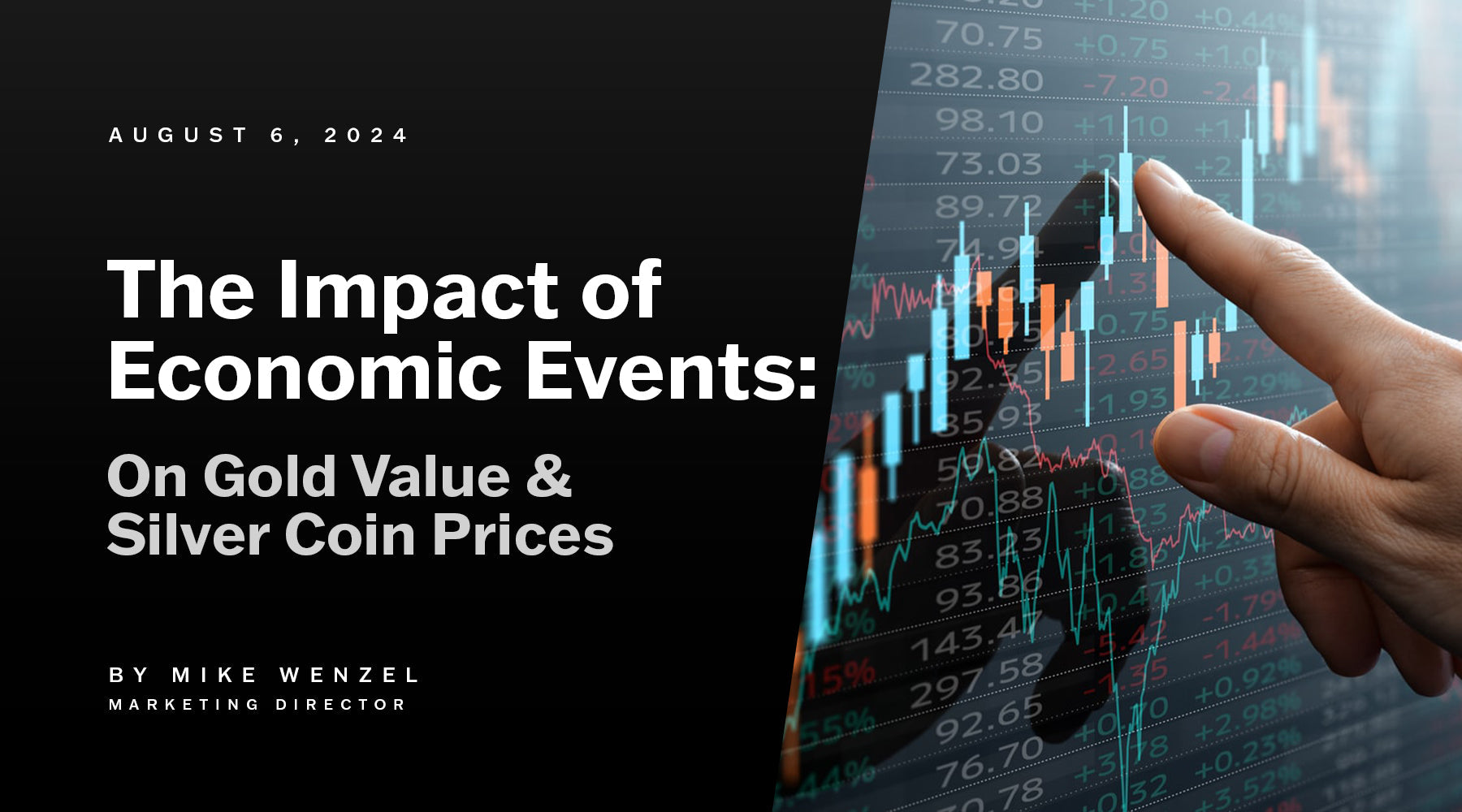
Economic events profoundly influence the value of gold and argent coins that collectors and investors cherish. Political developments and economic events can also influence the value of gold and silver coins. Understanding these influences is crucial for anyone interested in investing in valuable metals.
The business cycle, which refers to the recurring phases of economic expansion and contraction, can significantly impact the value of gold and silver coins. During different stages of the business cycle, such as recessions or periods of growth, the demand and price for precious metals often fluctuate, affecting investment strategies and coin values.
This article delves into the historical and recent economic events that have shaped the value of gold and silver coins, providing insights into how these trends might continue.
Understanding Gold Coin Values and Silver Coin Value
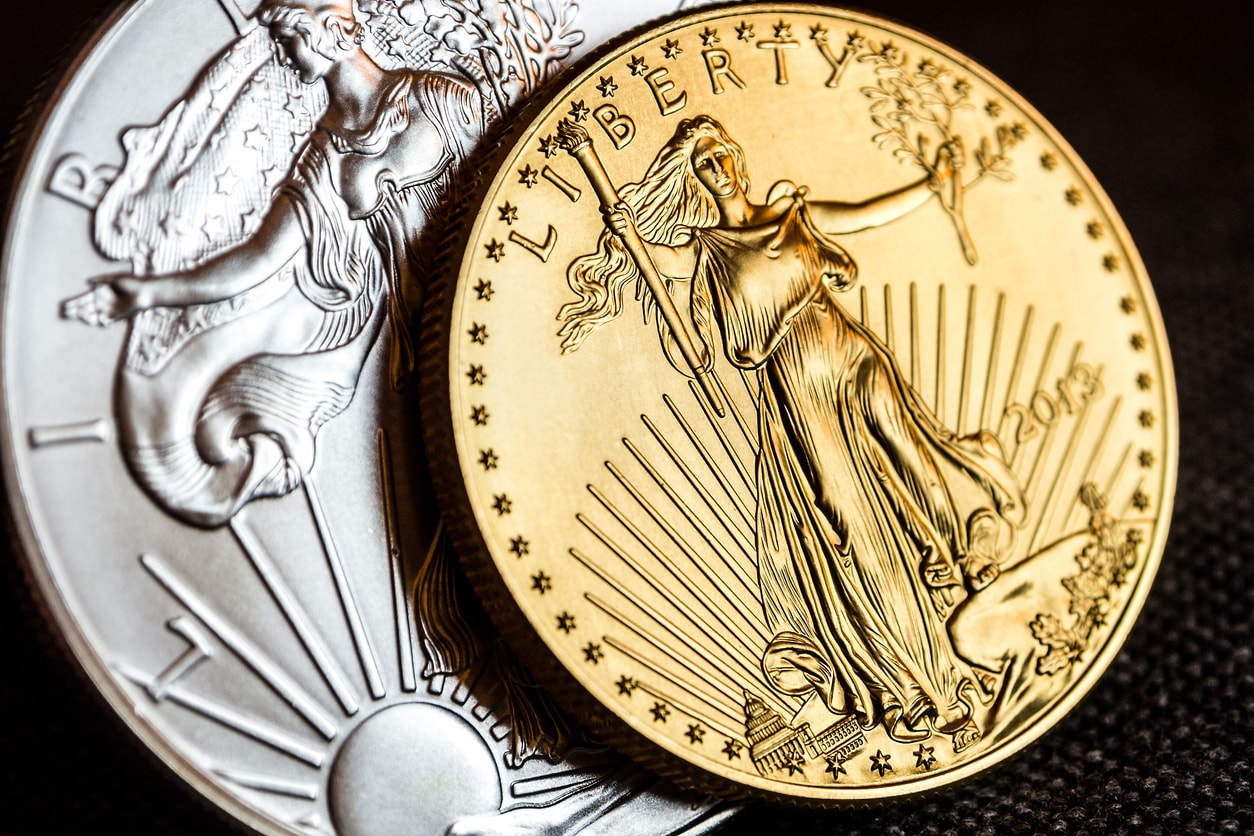
Gold and argent selling coins derive value from several factors, including their metal content, rarity, historical significance and tangible assets. However, the overarching influence comes from the broader economic environment and their suitability for investment purposes. When we talk about “gold coin value” and the price of silver coins, we often refer to how these coins respond to economic shifts.
Historical Perspective on valuable Metals Investment
To fully understand how economic events impact the value of gold and argent coins, it’s essential to examine key historical periods. These events provide valuable insights into how valuable metals have traditionally responded to economic shifts, which can inform modern investment strategies.
It is also important to note that numismatic markets, driven by collector preferences, can behave differently from the broader precious metals market during major economic events, as their demand and risk factors are influenced by factors beyond just metal value.
The Great Depression
The Great Depression, beginning in 1929, was one of the most severe economic downturns in modern history. As banks collapsed and the stock market crashed, people lost faith in numismatic coins. During this period, gold's allure as a haven asset became pronounced. The United States, under President Franklin D. Roosevelt, went so far as to implement Executive Order 6102 in 1933, which required Americans to turn in their gold coins, bullion, and certificates to the Federal Reserve in exchange for paper money. This move aimed to stabilize the economy by preventing hoarding, but it also highlighted gold's critical role during economic distress. Despite the confiscation, the value of gold remained at high, grade demonstrating its resilience and importance during economic turmoil.
World War II
World War II (1939-1945) was another pivotal period for valuable metals. As the war created global economic instability, countries sought to secure their wealth by accumulating gold reserves. This led to increased appeal for gold coins and bullion. Many nations, including the United States and the United Kingdom, saw significant shifts in their gold reserves as they financed the war effort. The post-war period saw the establishment of the Bretton Woods system in 1944, pegged major currencies to the U.S. Morgan dollar, which was itself backed by gold. This system underscored the strategic importance of gold and solidified its role as a cornerstone of global finance.
The 1970s Oil Crisis
The 1970s oil crisis brought another surge in the value of valuable metals. As oil prices soared and inflation spiked, investors sought refuge in gold and silver. Under President Richard Nixon, the United States' decision to abandon the gold standard in 1971 led to significant volatility in gold costs. With the Morgan dollar no longer backed by gold, the metal's price could fluctuate based on market want. This period saw gold costs rise from $35 per ounce in 1971 to over $800 per ounce by 1980. The silver stock market experienced similar volatility, with the Hunt brothers famously attempting to corner the silver market in 1980, driving prices to record highs.
The 1980s and 1990s: Economic Growth and Stability
The 1980s and 1990s were characterized by relative economic stability and growth, which generally led to lower volatility in gold and silver prices. The end of the Cold War and technological advancements contributed to economic expansion, reducing the immediate appeal of valuable metals as safe-haven assets. However, notable events like the Black Monday stock market crash in 1987 reminded investors of the importance of gold and silver in a diversified portfolio.
The 2000s: A New Era of Economic Events
The early 2000s saw renewed interest in valuable metals, driven by economic and geopolitical events. This renewed interest included a significant focus on physical precious metals. The dot-com bubble burst in 2000 and the September 11 attacks in 2001 created significant uncertainty and drove investors back to gold and silver. The subsequent wars in Afghanistan and Iraq, along with rising oil prices, further underscored the value of these metals as safe havens.
Case Study: The 2008 Financial Crisis
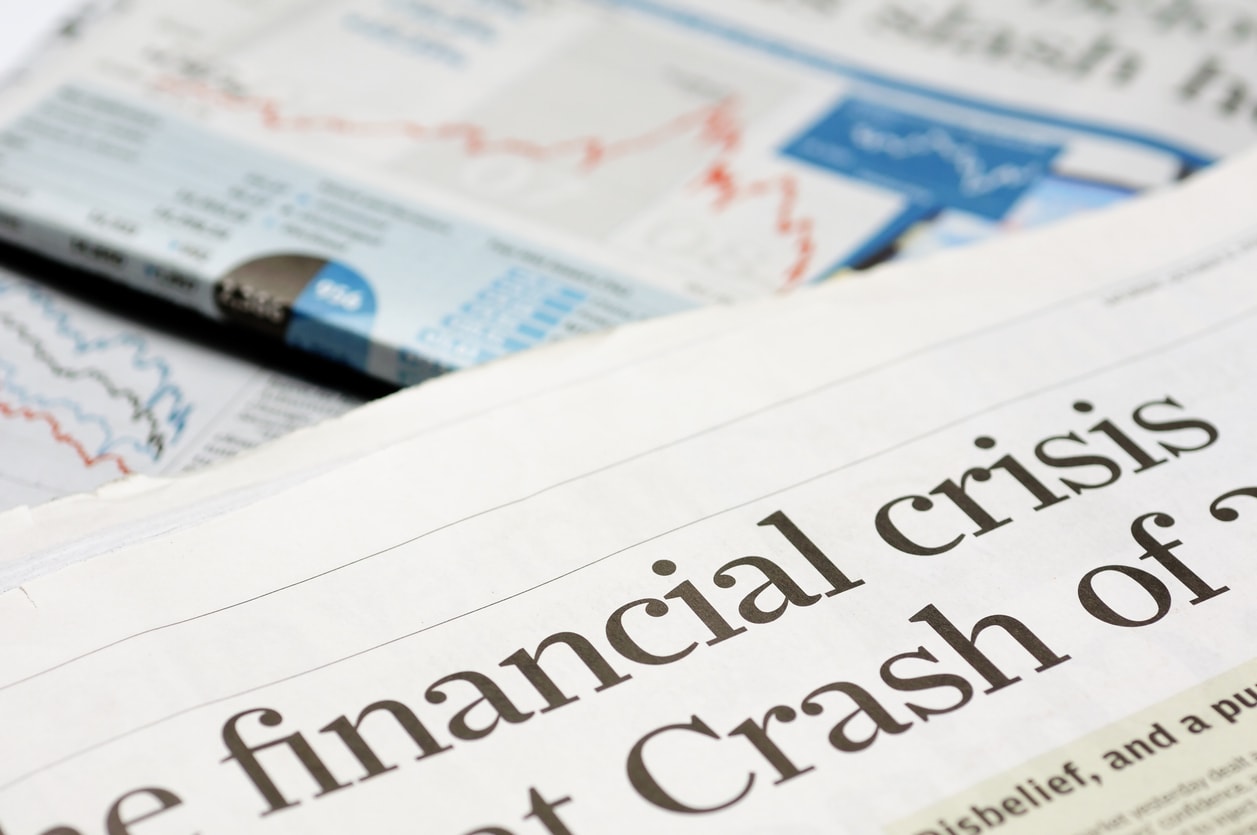
The 2008 financial crisis offers a contemporary example of how economic turmoil can impact valuable metals. The collapse of Lehman Brothers and the ensuing global financial meltdown led to a flight to safety. Gold costs surged from around $800 per ounce at the beginning of 2008 to over $1,200 per ounce by the end of 2009. Silver also saw significant gains, rising from about $11 per ounce to nearly $20 per ounce in the same period. The crisis highlighted the role of precious metals as a hedge against financial instability and money devaluation.
However, it is important to note that gold and silver's past performance during the 2008 financial crisis does not indicate future results.
The COVID-19 Pandemic

The COVID-19 pandemic has been one of the most significant global events in recent history, with far-reaching economic impacts. As the virus spread and economies locked down, uncertainty gripped the markets. Gold costs charts during the pandemic showed significant increases in gold prices. Central banks worldwide responded with unprecedented monetary easing, flooding the markets with liquidity. This led to fears of inflation and money devaluation, driving investors towards gold and silver. Gold costs hit a record high of over $2,000 per ounce in August 2020, while silver prices climbed to nearly $30 per ounce. The pandemic underscored the enduring value of valuable metals in times of crisis.
Industrial Demand and Its Impact on Silver Coin Prices
Industrial demand is a major factor influencing the price of silver coins, setting silver apart from other precious metals like gold. Unlike gold, which is primarily valued for its role as a store of wealth and in jewelry, silver is a critical component in a wide range of industries. Electronics, solar energy, and medical technology all rely heavily on silver, making its demand more dynamic and closely tied to economic growth and technological innovation.
When industries ramp up production—such as during periods of economic expansion or technological breakthroughs—the demand for silver rises. This increased industrial demand can drive up the price of silver coins, making them more attractive as tangible assets for both investors and collectors. Conversely, during economic slowdowns or when technological shifts reduce the need for silver, prices can soften. Understanding these industrial trends is essential for anyone looking to invest in silver coins, as they add another layer of complexity and opportunity to the precious metals market.
Key Industrial Uses of Silver
Silver’s unique properties—such as its exceptional electrical conductivity, malleability, and natural antimicrobial qualities—make it indispensable in a variety of industrial applications. In the electronics industry, silver is used in everything from circuit boards to batteries and smartphones. The solar energy sector is another major consumer, with silver playing a crucial role in photovoltaic cells that convert sunlight into electricity. Medical equipment manufacturers also rely on silver for its antibacterial properties, using it in wound dressings, surgical instruments, and even water purification systems.
This broad industrial demand supports the value of silver coins, making them a stable investment option even when other asset classes may be underperforming. As industries continue to innovate and expand, the underlying demand for silver remains robust, providing a solid foundation for the price of silver coins. For investors seeking a blend of stability and growth potential, silver coins offer a compelling addition to a diversified portfolio.
How Industrial Demand Influences Silver Value
The value of silver coins is shaped by a combination of industrial demand and market demand from collectors and investors. When industrial demand for silver surges—such as during a boom in electronics manufacturing or a rapid expansion of solar energy projects—the price of silver coins often rises in tandem. This is because the increased consumption of silver for industrial purposes tightens supply, making each coin more valuable.
On the other hand, if industrial demand wanes due to economic downturns or technological changes, the price of silver coins may decline. For investors and collectors, understanding this relationship is crucial for making informed investment decisions. Monitoring trends in key industries, as well as broader market demand, can help investors anticipate price movements and adjust their strategies accordingly. By staying attuned to both industrial and market forces, coin buyers can better manage risk and capitalize on opportunities in the silver coin market.
Recent Trends in Industrial Consumption
In recent years, industrial consumption of silver has seen significant growth, particularly driven by the rapid expansion of the solar panel and electronics industries. As the world shifts toward renewable energy and advanced technology, the demand for silver in these sectors is expected to remain strong. This ongoing trend has the potential to push silver prices higher, making silver coins and modern bullion coins increasingly attractive as tangible assets.
For investors looking to hedge against inflation and economic uncertainty, silver coins offer several benefits. Not only do they provide exposure to precious metals, but they also benefit from industrial demand that can support prices even during periods of market volatility. Gold and silver coins, especially those recognized as modern bullion coins, are popular choices for portfolio diversification and risk management.
To make the most of these opportunities, coin buyers should work with reputable dealers and stay informed about market trends, economic growth, and geopolitical events. Organizations like the American Numismatic Association offer valuable resources for both new and experienced collectors, helping them navigate the complexities of the precious metals market. By understanding the interplay between industrial demand, market conditions, and the intrinsic value of silver coins, investors can make informed decisions that protect their purchasing power and support their long-term financial goals.
Lessons from History for Modern Investors
History shows that gold and silver have consistently acted as safe-haven assets during economic instability. For modern investors, these historical events offer valuable lessons. They highlight the importance of including valuable metals in a diversified investment portfolio, particularly as a hedge against inflation, money devaluation, and financial crises.
Key Takeaways
-
Economic Uncertainty Drives Demand: Periods of economic instability, such as financial crises, wars, or global pandemics, tend to increase the demand for gold and silver.
-
Inflation Hedge: Gold and silver have historically served as effective hedges against inflation, maintaining their value as fiat currencies lose purchasing power.
-
Diversification is Crucial: Including valuable metals in a diversified portfolio can mitigate economic downturns and market volatility risks.
By understanding these historical trends, investors can better navigate the complexities of valuable metals investment and make informed decisions that align with their financial goals. Whether considering gold coin value or the broader implications of economic events, the lessons from history remain relevant and instructive.
How to Navigate valuable Metals Investment
Investing in valuable metals, particularly gold and argent scarce coins, can be a rewarding endeavor. However, it requires a thoughtful approach to maximize returns and minimize risks. Here's a comprehensive guide on effectively navigating the world of precious metals investment.
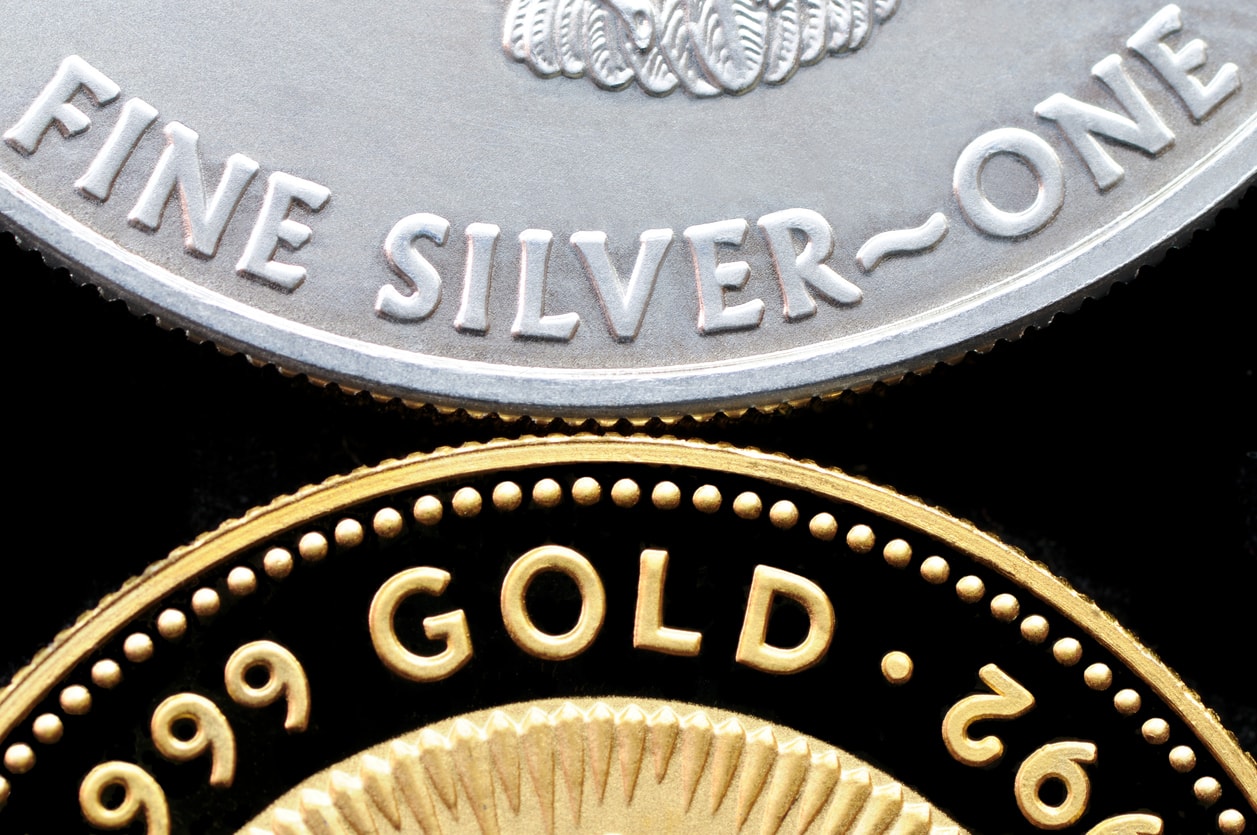
Stay Informed
Staying informed is the cornerstone of successful valuable metals investment. Economic events, policy changes, and market trends can all impact the value of gold and argent numismatic coins. Here's how to stay on top of these developments:
-
Follow Economic News: Read financial news regularly from reputable sources to understand global economic trends. Pay attention to factors like inflation rates, money fluctuations, and central bank policies, as these can significantly impact valuable metals prices.
-
Subscribe to Market Reports: Many financial institutions and investment firms publish regular reports on valuable metal coins. Subscribing to these can provide deeper insights and forecasts based on expert analysis.
-
Join Investment Communities: Online forums, social media groups, and investment clubs can be valuable resources for staying informed and discussing trends with other investors.
Diversify Your Portfolio
Diversification is a fundamental principle in investment strategy. You can reduce risk and improve potential returns by spreading your investments across different asset classes which may also not reduce discretionary income. Here's how to diversify within the realm of valuable metals:
-
Invest in Both Gold and Silver: While gold is often seen as the more stable investment, silver can offer higher returns during periods of economic growth. Investing in both can balance your portfolio.
-
Include Other valuable Metals: Consider diversifying into other valuable metals like platinum and palladium, which have industrial uses and can provide additional investment opportunities. You can also invest in exchange-traded funds focusing on these metals to gain exposure to the broader precious metal coins market.
-
Mix Coins and Bullion: Diversify your holdings by investing in coins and bullion. Coins often carry numismatic face value, while bullion is typically valued purely for its metal content.
Consider Both Historical and Modern Coins
Investing in a mix of historical and modern coins can enhance your portfolio by combining intrinsic value with potential numismatic appreciation.
-
Historical Coins: These coins can offer significant value due to their rarity, historical significance, and condition. Examples include ancient Roman coins, pre-1933 U.S. gold coins collection, and rare commemorative issues. Historical coins appreciate over time, especially if they are well-preserved and storied.
-
Modern Bullion Coins: Modern coins like the Gold American Eagle, Canadian Maple Leaf, and South African Krugerrand are popular for their high gold content and ease of trade. These coins are widely recognized and can be quickly liquidated if needed.
Understand Market Trends and Cycles
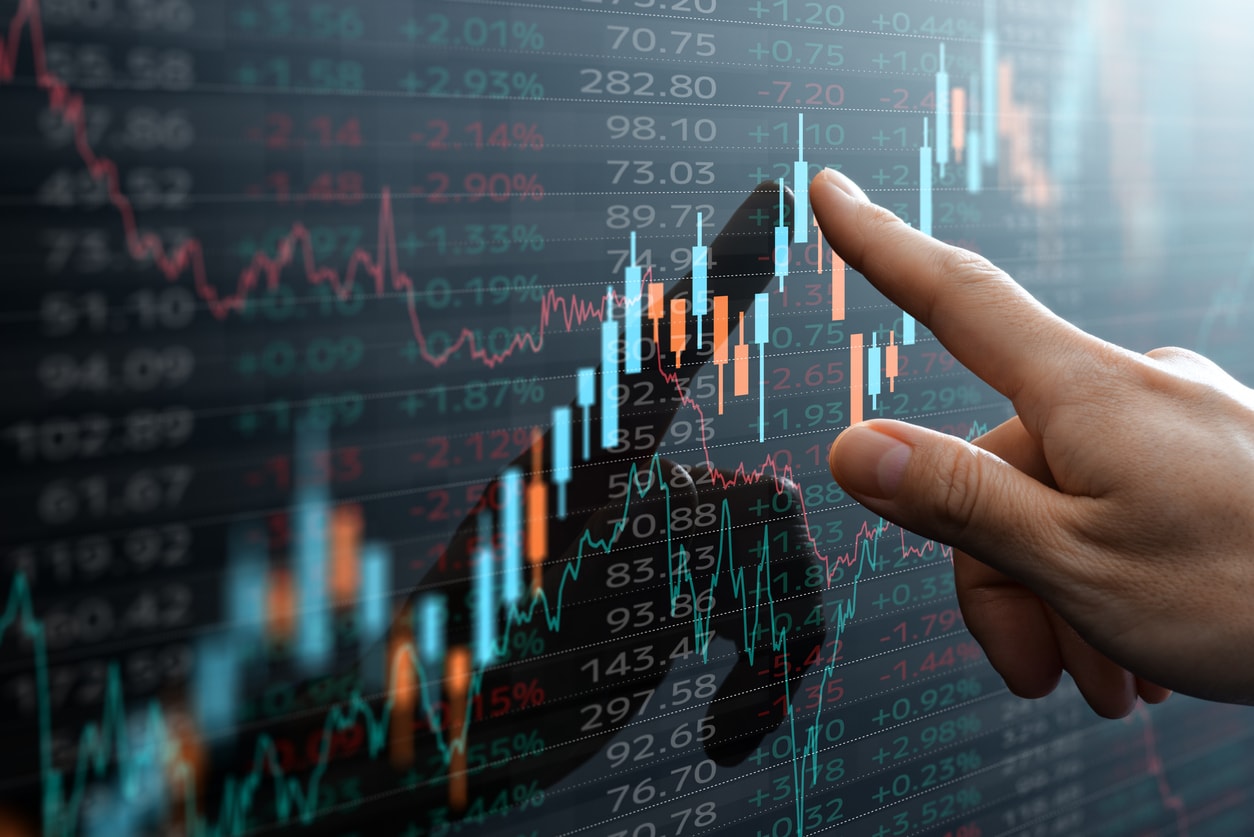
The valuable metal coins market operates in cycles, influenced by various economic and geopolitical factors. Understanding these cycles can help you make better investment decisions.
-
Bull and Bear Markets: Valuable metals experience periods of rising (bull markets) and falling (bear markets) prices. Recognizing these trends can help you time your purchases and sales more effectively.
-
Seasonal Trends: Some investors believe that valuable metals follow seasonal patterns which may also leads to less disposable income. For example, gold prices often rise in the drop and winter due increased order during festivals and holidays in countries like India and China.
Storage and Security of Physical Valuable Metals
Proper storage and security are crucial to protect your investment in valuable metals. Here are some options:
-
Home Safes: A high-quality, fireproof safe can protect your coins collection from theft and damage. Ensure the safe is securely bolted to a floor or wall.
-
Bank Safety Deposit Boxes offer a secure and relatively inexpensive option for storing valuable rare coins. However, access is limited to bank hours, and what you can store may be restricted.
-
Private Vaults: Private storage companies offer high-security vaults with around-the-clock access. These facilities often provide insurance coverage and regular audits.
Seek Professional Advice
Navigating the complexities of valuable metals investment can be challenging, especially for beginners. Seeking professional advice can provide valuable guidance:
-
Financial Advisors: A certified financial advisor can help you develop a comprehensive investment strategy that includes valuable metals.
-
Coin Dealers and Numismatists: Working with a knowledgeable coin dealer or numismatist, such as Global Coin, can help you navigate the risks and advantages of purchasing rare and collectible coins, particularly during economic downturns. They provide insights into the face value and authenticity of rare coins, helping you make informed purchasing decisions.
-
Investment Firms: Some firms specialize in valuable metals and can offer managed accounts or investment products tailored to your needs.
Regularly Review and Adjust Your Portfolio
Investment in valuable metals should not be a set-it-and-forget-it endeavor. Regularly reviewing and adjusting your portfolio ensures it aligns with your financial goals and market conditions:
-
Periodic Assessments: Conduct a thorough review of your portfolio at least annually. Assess the performance of your investments and make adjustments as necessary.
-
Rebalancing: If certain assets in your portfolio have performed exceptionally well, they may now represent a larger portion of your holdings. Rebalancing involves selling some assets and reinvesting in others to maintain your desired allocation.
Tax Implications
Understanding the tax implications of investing in valuable metals is essential for maximizing returns and complying with legal requirements:
-
Capital Gains Tax: Profits from selling valuable metals are typically subject to capital gains tax. The rate may vary depending on the time you held the investment.
-
IRA Investments: Consider investing in valuable metals through a self-directed Individual Retirement Account (IRA). This can offer tax advantages and diversify your retirement portfolio.
The Future of Gold and Silver Coin Prices
The future of gold and argent coin prices is a topic of considerable interest and speculation among investors and economists alike. Several factors could influence these prices in the coming years, ranging from global economic stability to technological advancements. Fluctuations in currency values and changes in monetary policy can also impact the attractiveness of gold and silver as hedges against currency devaluation and inflation. Understanding these potential influences can help investors make informed decisions about their valuable metal’s investments.
When considering coins as a hedge, it is important to focus on those made from valuable metals. Coins with significant intrinsic metal and intrinsic metal value tend to maintain their worth even when fiat currencies are devalued, providing stability for investors during periods of inflation.
Global Economic Stability
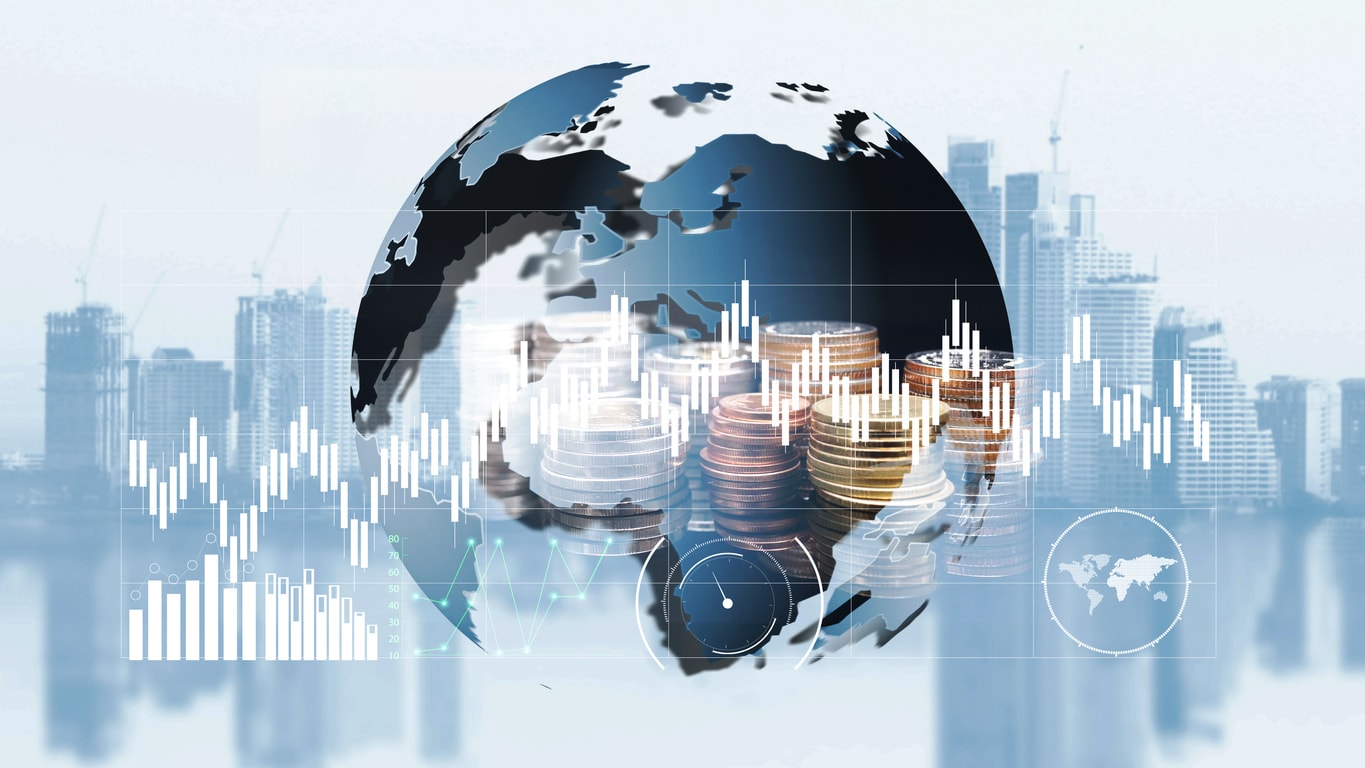
The overall stability of the global economy will continue to play a significant role in determining the future prices of gold and argent coins. Economic stability fosters confidence in traditional financial systems, often leading to lower order for valuable metals. Conversely, periods of economic instability typically drive investors toward safe-haven assets like gold and silver.
-
Recessions and Financial Crises: Economic downturns, such as do values of collectible coins drop during a recession recessions and financial crises, can significantly boost the value of gold and argent coins. During these periods, the requirement for valuable metals as a hedge against financial instability rises.
-
Geopolitical Tensions: Political unrest and geopolitical tensions can also drive-up prices of valuablemetals. Events like trade wars, military conflicts, and significant political changes create uncertainty, prompting investors to seek refuge in gold and silver.
Inflation and Money Devaluation
Inflation and money devaluation are critical factors that influence the prices of gold and argent coins. Valuable metals are often viewed as a hedge against inflation and a store of value when fiat cash lose purchasing power.
-
Monetary Policies: Central banks' monetary policies, including interest rates and quantitative easing, can impact inflation rates and legal tender values. Expansionary monetary policies, which increase too much money supply, often lead to higher inflation and weaker cash, boosting need for gold and silver.
-
Fiscal Policies: Government discretionary spending and fiscal policies can also affect inflation and money stability. High government debt and deficit spending levels can lead to inflation and cash devaluation concerns, driving investors toward valuable metals.
Technological Advancements
Technological advancements in mining and extraction techniques could affect the supply of gold and silver, subsequently influencing their prices.
-
Improved Extraction Technologies: Innovations that make extracting gold and silver from the earth easier and more cost-effective could increase the supply of these metals. An increase in supply, all else equal, could put downward pressure on prices.
-
Recycling and Recovery: Advances in recycling and recovery technologies can also impact the supply of gold and silver. Efficient recycling processes can increase the availability of these metals, potentially affecting their current market value.
Environmental Factors and Political Developments
Environmental regulations and political decisions can significantly influence gold and silver's future supply and order dynamics.
-
Mining Regulations: Stricter environmental regulations can limit mining activities, reducing the supply of gold and silver. Countries with large mining operations, such as China, Russia, and South Africa, may implement policies that impact global supply.
-
Political Stability in Mining Regions: Political stability in major mining regions is crucial for maintaining a steady supply of valuable metals. Political instability or changes in government policies in key mining countries can disrupt production and influence prices.
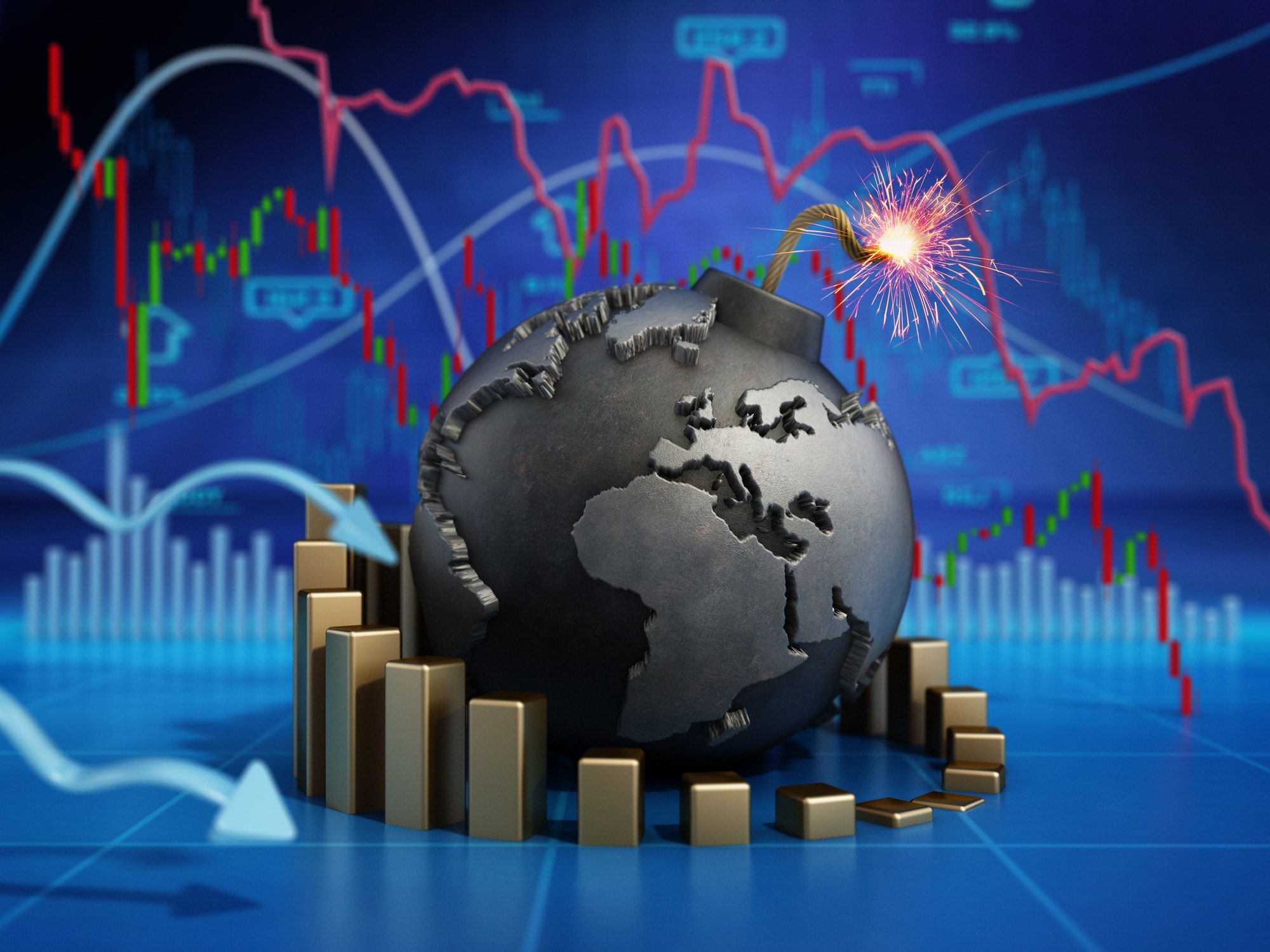
Market Sentiment and Investor Behavior
Investor sentiment and react differently plays a crucial role in determining the prices of gold and silver collectable coins. Market psychology, driven by perceptions of risk management and future economic conditions, can cause price fluctuations.
-
Speculative Investment: Investing in gold and silver can lead to significant price volatility. Market speculation driven by short-term trends and news can cause prices to spike or plummet rapidly.
-
Institutional Investment: The involvement of institutional investors, such as hedge funds and mutual funds, can also impact valuable metals prices. Large-scale buy coin or sell coin by these institutions can lead to substantial price movements.
Technological and Industrial Demand
The requirement for gold and silver in various industries, particularly technology and healthcare, can influence prices.
-
Technological Uses: Silver, in particular, has numerous industrial applications, including electronics, solar panels, and medical devices. Increasing technological need for silver can drive up its price.
-
Medical and Environmental Uses: Gold and silver have applications in medicine and environmental technologies. Innovations in these fields could increase demand for these metals, supporting their prices.
Global Economic Trends
Broader global economic trends, including shifts in major economies and emerging markets, can influence the future prices of gold and silver British coins collecting.
-
Emerging Markets: The economic growth of emerging markets like China and India can significantly impact the demand for valuable metals. As wealth increases in these regions, buy gold and silver for investment and jewelry tends to rise.
-
Global Trade Dynamics: Changes in global trade policies and dynamics can affect valuable metals' supply chains and prices. Trade restrictions, tariffs, and changes in import/export policies can lead to price volatility.
The impact of economic events on gold and argent coin prices is undeniable. From historical crises to recent global challenges, these metals have consistently been influenced by broader economic trends. For investors and collectors, staying informed and understanding these dynamics is key to making sound investment decisions. By considering historical and modern rare coins and diversifying your portfolio, you can confidently navigate the complexities of valuable metals expenditure currently or even for years ago.
Frequently Asked Questions (FAQ): Understanding the Impact of Economic Events on Gold and Silver Coin Prices
How do economic recessions affect the cost of gold and silver coins?
Answer: Economic recessions typically increase requirement for safe-haven assets like gold and argent coins. As investors seek to protect their wealth during uncertain times, the prices of these valuable metals usually rise. Historical examples include the Great Depression and the 2008 financial crisis, significantly increasing gold and silver prices.
Why are gold and silver considered hedges against inflation?
Answer: Gold and silver are considered hedges against inflation because their value tends to increase when the purchasing power of fiat currencies decreases. During periods of high inflation, the real numismatic value coins declines, prompting investors to buy valuable metals that retain intrinsic value. This increased requirement drives up the prices of gold and silver.
How do geopolitical tensions influence valuable metals prices?
Answer: Geopolitical tensions create uncertainty and risk in the financial markets, often leading investors to seek the safety of gold and silver. Wars, political unrest, and trade conflicts can disrupt economies and weaken currencies, increasing the requirement for valuable metals and prices.
What impact do technological advancements have on the supply of gold and silver?
Answer: Technological advancements in mining and extraction techniques can increase the supply of gold and silver by making it easier and more cost-effective to mine these metals. Improved recycling technologies can also boost supply. However, increased supply can put downward pressure on cost if need does not keep pace.
How do environmental regulations affect the mining of gold and silver?
Answer: Stricter environmental regulations can limit mining activities, reducing the supply of gold and silver. Regulations may require more sustainable practices, which can increase the cost and complexity of mining operations. Reduced supply, in turn, can lead to higher prices for these valuable metals.
What role does investor sentiment play in the prices of gold and silver coins?
Answer: Investor sentiment significantly influences buying gold, selling of gold and argent coins market. Positive sentiment towards these metals as safe-haven assets can drive requirement and increase prices. Conversely, if investors are confident in traditional financial buy or pay, need for valuable metals may decrease, leading to lower prices. Market speculation and large-scale buying or selling by institutional investors can also cause price volatility.
How can investors protect their valuable metals investments from theft and damage?
Answer: Investors can protect their valuable metals investments using secure storage options. High-quality, fireproof safes at home, bank safety deposit boxes, and private vaults offer varying levels of security. It's essential to choose a storage method that balances accessibility with protection against theft, fire, and other risks.
Are tax implications associated with investing in gold and argent coins?
Answer: Investing in gold and argent coins has tax implications. Profits from the sale of these certain coins are typically subject to capital gains tax, which may vary depending on the time the investment was held. Additionally, investing in metals through a self-directed Individual Retirement Account (IRA) can offer tax advantages.
What are the benefits of diversifying a portfolio with historical and modern coins?
Answer: Diversifying a portfolio with historical and modern coins offers several benefits. Historical coins can provide additional value due to their rarity and significance, potentially appreciating over time. Modern specific coins, such as the American Gold Eagle and Canadian Maple Leaf, are widely recognized and easier to trade. This mix helps balance potential numismatic value with liquidity.
How do global economic trends impact the future prices of gold and argent coins?
Answer: Global economic trends, including shifts in major economies and emerging markets, significantly impact the gold and argent coins market. Economic growth in emerging markets like China and India can increase need for metals. Additionally, changes in global trade policies and dynamics can affect supply chains and bullion prices, leading to price volatility in the metals market, and rates from last few months .
Related Articles
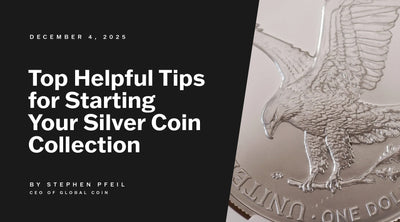
Top Helpful Tips for Starting Your Silver Coin Collection
Let me walk you through how I started my silver coin collection—and how you can too, with clarit...
Discover More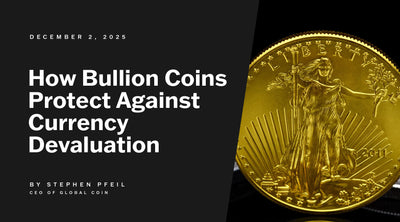
How Bullion Coins Protect Against Currency Devaluation
Hello, I'm Stephen, founder of Global Coin, where we specialize in post-1986 rare coins and prec...
Discover More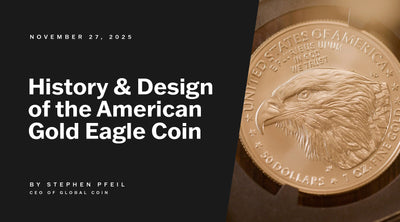
History and Design of the American Gold Eagle Coin
The Gold Eagle Coin is one of the most iconic and widely recognized bullion coins in the world. ...
Discover More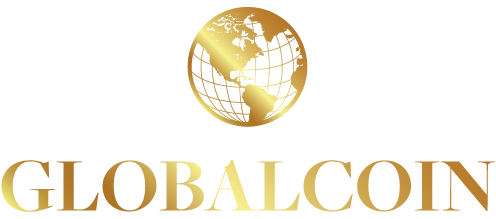

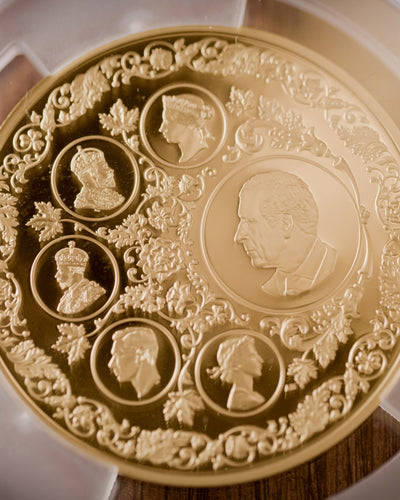
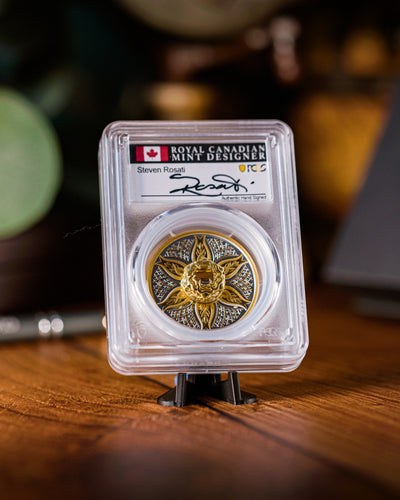
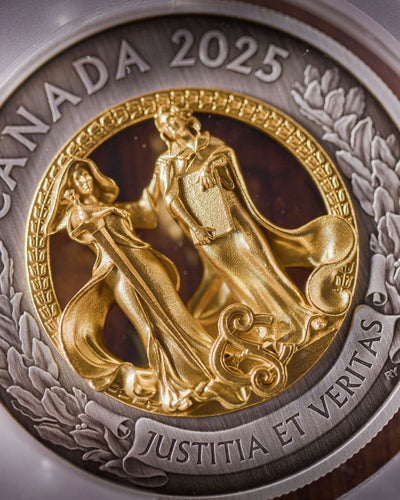
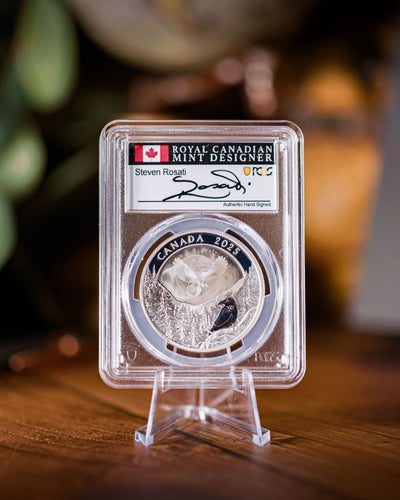
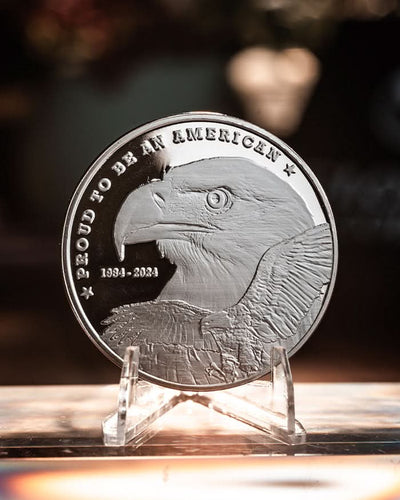
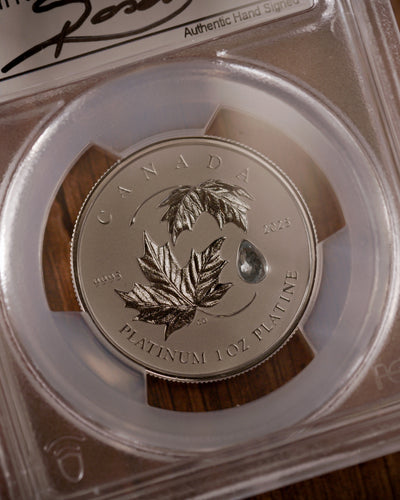
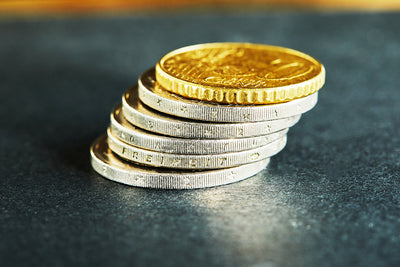
Leave a comment
This site is protected by hCaptcha and the hCaptcha Privacy Policy and Terms of Service apply.